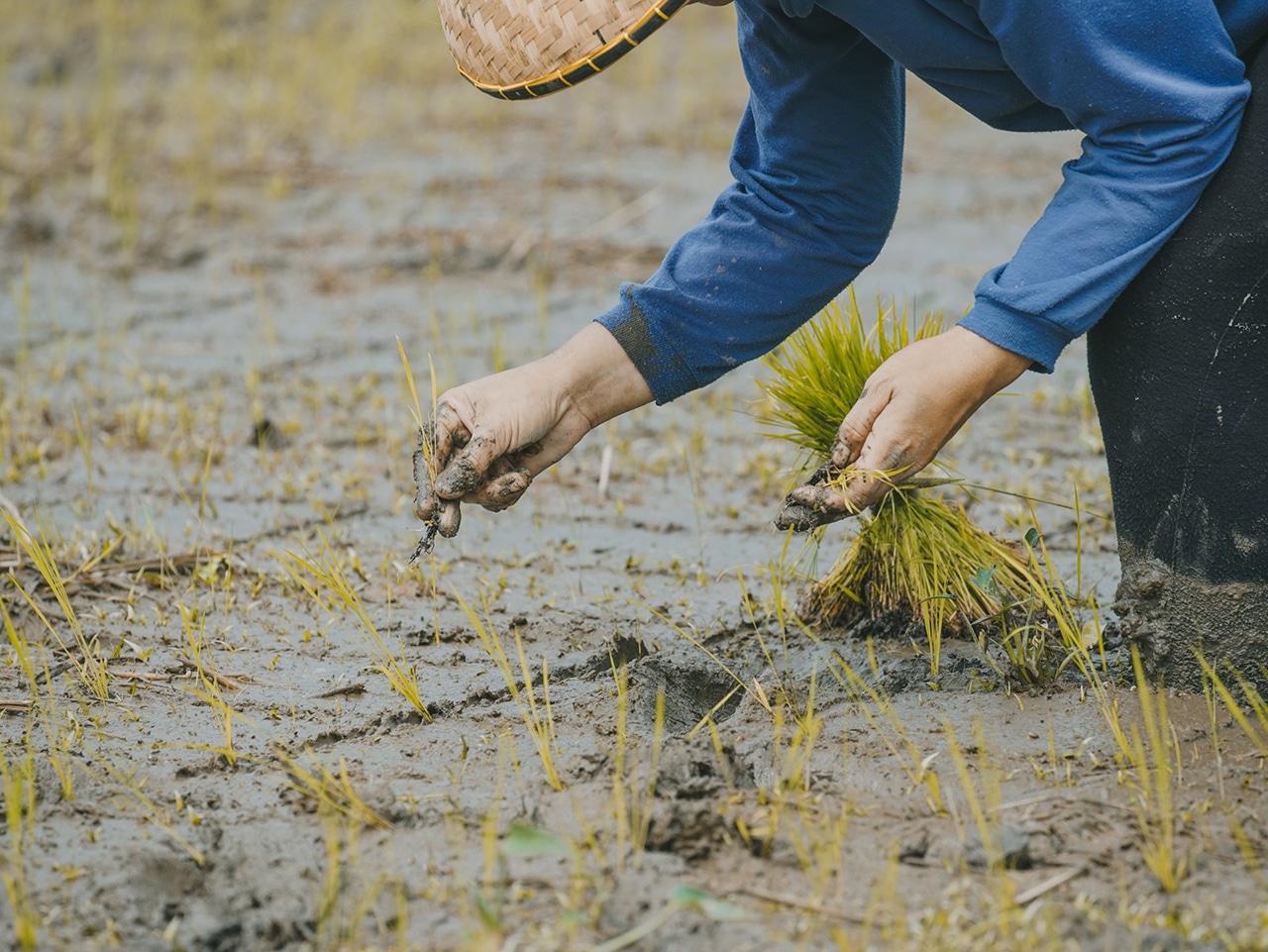
Expressing disgust and wrinkling their noses, students at the Begawan Learning Centre cried out as they discovered they would be trying something rather unusual – eating insects! Despite their initial hesitation, they took a deep breath and bravely gave it a try. Some were relieved to find that the taste wasn’t as terrible as they had imagined, while others were surprised by the entirely new flavours they were experiencing for the first time. Many shouted loudly, “It’s good! I want more!”
Exploring the World of Edible Insects
The experience took place on 10 July 2023, during a discussion on insects and their role in the environment as part of the Animal Tales thematic lessons. The class became captivated as the students had a hands-on opportunity to taste traditional Balinese dishes such as lawar nyawan and soup nyawan (bee larvae), fried crickets and fried grasshoppers.
The Environmental and Sustainable Benefits of Entomophagy
The practice of consuming insects, also known as entomophagy, has long been carried out by our ancestors in Eastern cultures. However, nowadays, people often prefer meats like chicken, pork and beef. Nonetheless, edible insects offer numerous benefits. Begawan encourages the younger generation to embrace entomophagy because insects serve as healthy and nutritious alternatives to common staples. They are packed with protein, healthy fats and essential minerals such as calcium, iron and zinc.
In addition to their nutritional value, embracing entomophagy offers a range of positive environmental impacts. Insect production emits significantly fewer greenhouse gases compared to traditional livestock production. Furthermore, insect rearing does not necessitate extensive land expansion or deforestation. Insects can be efficiently fed with organic waste or byproducts from various industries. The process of harvesting and rearing insects is low-tech and low-capital, and they reproduce quickly and in large quantities within a short period of time. These characteristics make entomophagy a sustainable practice and also contributes to the circular economy by converting low-value organic matter into high-value protein.
Creativity and Cultural Heritage: Crafting Grasshoppers
Continuing their exploration, the students at Begawan Learning Centre engaged in a creative activity crafting a grasshopper using coconut leaves. They learned about the different parts of a grasshopper, such as its abdomen, thorax, head, wings, antennae and legs. In Balinese culture, coconut leaves are important and used in religious ceremonies and cultural practices. This activity allowed the students to showcase their artistic skills and connect with their cultural heritage as they saw how simple leaves could be made into beautiful grasshoppers.
At Begawan Learning Centre, the exploration of insects was more than just a lesson – it was an eye-opening experience that expanded horizons, broadened palates and fostered a deeper understanding of our environment.



